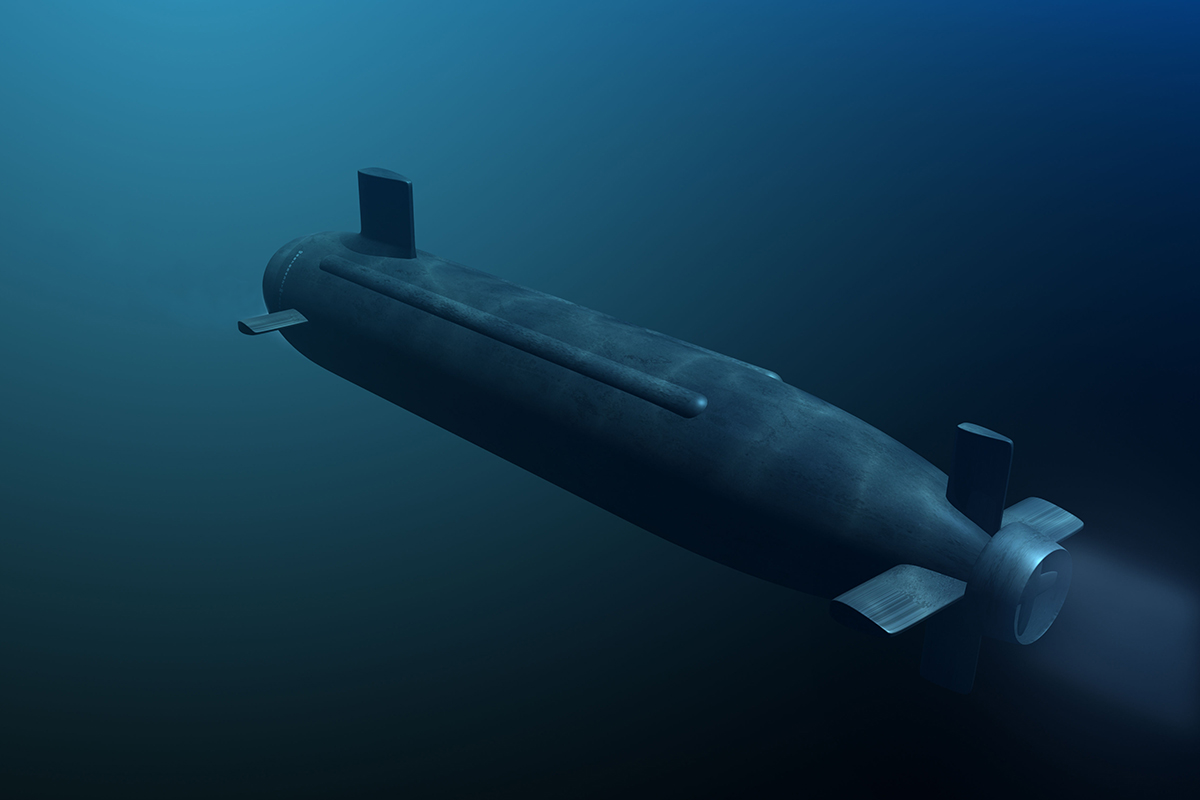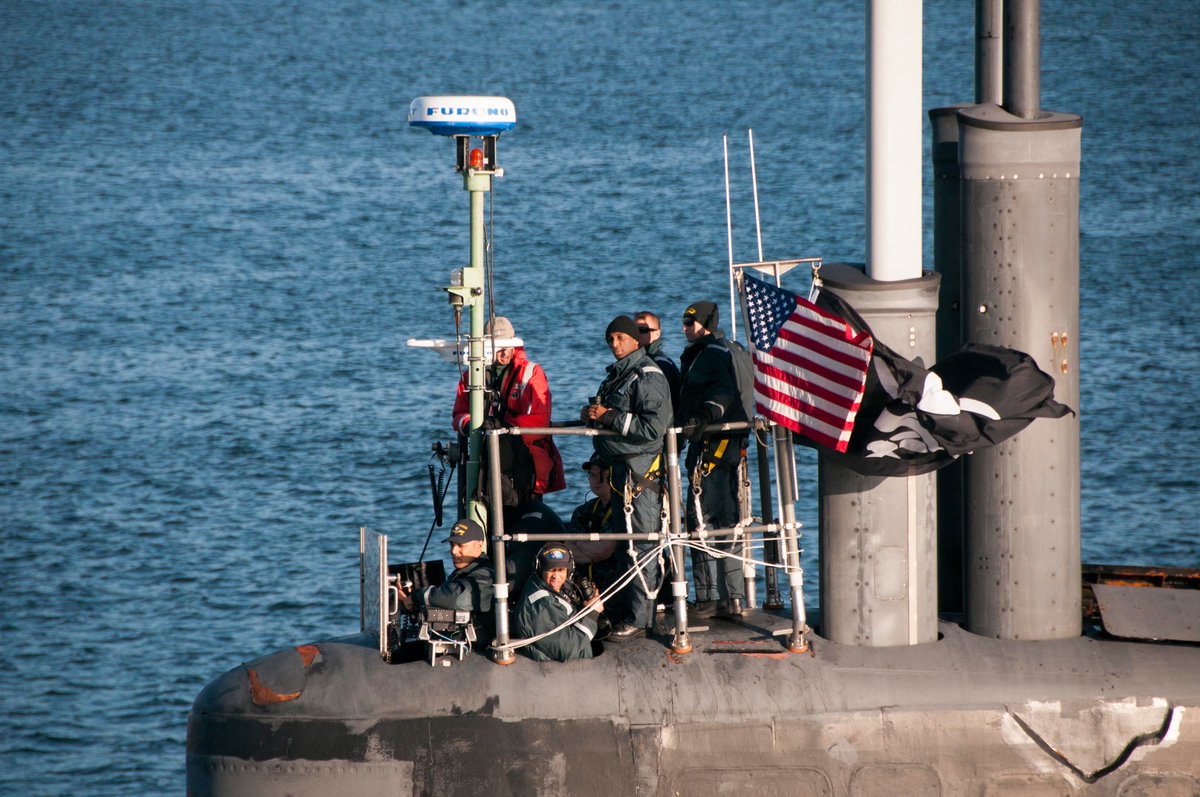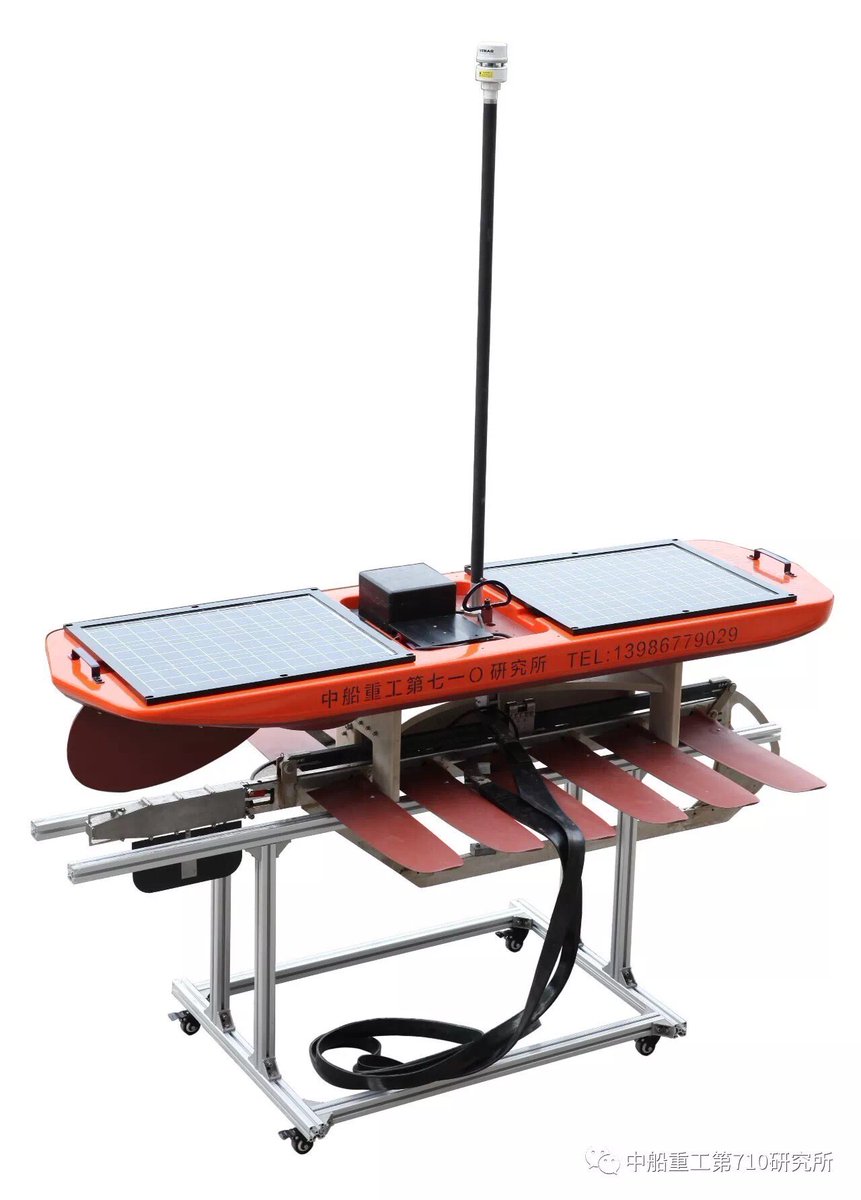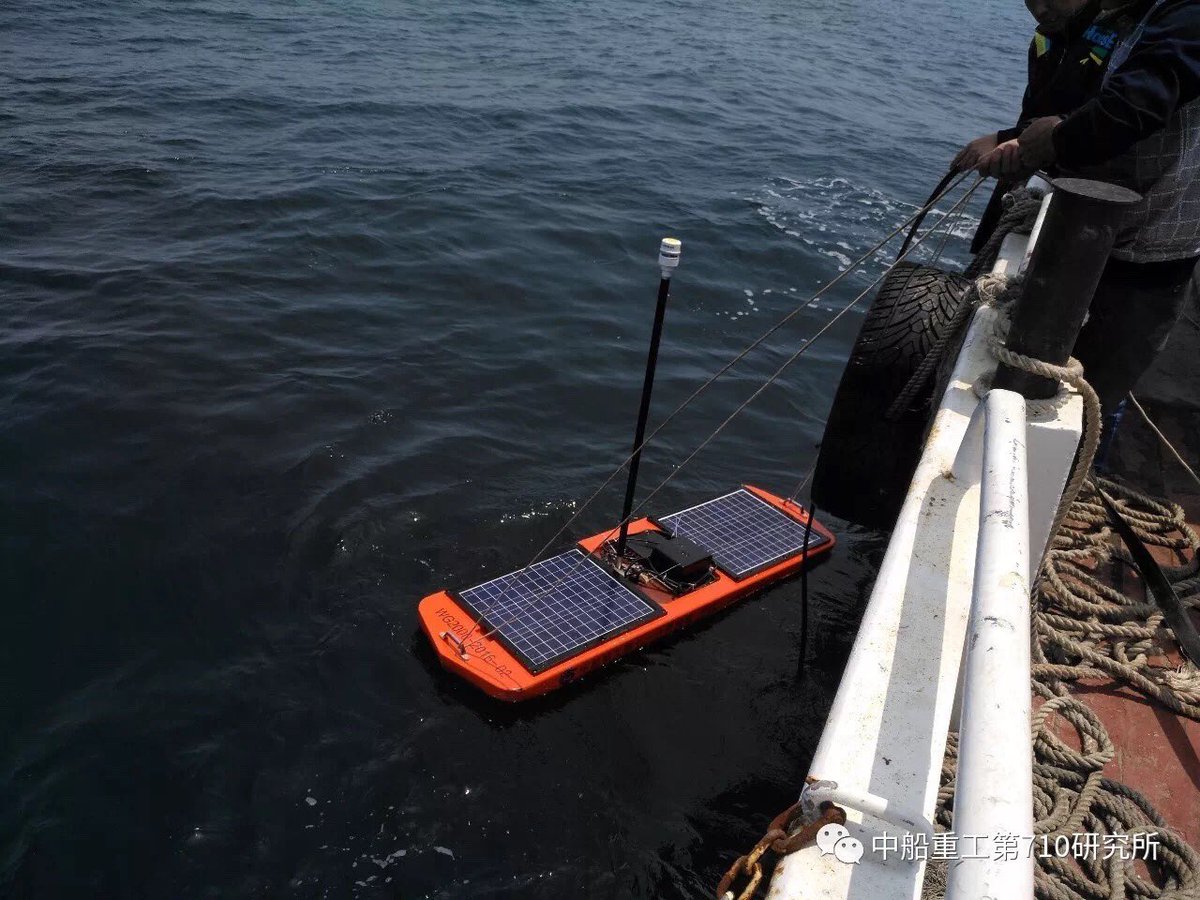The cloak of submarine invisibility is slowly being revealed
China claim to improve on MAD using array of SQUID element
or magnetometer based on a superconducting quantum interference device, or SQUID. Superconducting magnetometers are exquisitely sensitive
China’s quantum submarine detector could seal South China Sea
Tailed by a SQUID
By David Hambling
On 21 June, the
– a major upgrade to a kind of quantum device that measures magnetic fields. The announcement vanished after a journalist pointed out the invention’s
: it could help China lock down the South China Sea.
“I was surprised by the removal,” says Stephen Chen of the
South China Morning Post, who raised the issue. “I have been covering Chinese science for many years, and it is rare.”
Magnetometers have been used to detect submarines since the second world war. They are able to do this because they can measure an anomaly in Earth’s magnetic field – like one caused by a massive hunk of metal.
But today’s devices can only detect a submarine at fairly short range, so tend to be used to home in on the location once the sub has already been spotted on sonar.
Superconducting fix
You could widen their range if you had a magnetometer based on a superconducting quantum interference device, or SQUID. Superconducting magnetometers are exquisitely sensitive, but their promise has been limited to the lab. Out in the real world, they are quickly overwhelmed by background noise as minuscule as changes in Earth’s magnetic field caused by distant solar storms.
Given that level of sensitivity, you can forget about mounting such a sensor on an airplane, for example. The US Navy gave up work on superconducting magnetometers to pursue less sensitive but more mature technologies.
The new magnetometer, built by Xiaoming Xie and colleagues at the
, uses not one SQUID but an array of them. The idea is that by comparing their readings, researchers can cancel out some of the extra artefacts generated by motion. This “would be relevant to an anti-submarine warfare device”, says
, who works on magnetic sensors.
Although the announcement concerning Xie’s work has been removed, several of the
culminating in this breakthrough
.
The achievement points to an airborne device that can detect submarines from several kilometres away rather than just a few hundred metres. This would be catastrophic for NATO submarines, which have been honed to run ever more quietly, using clever technology that prevents them from being heard or detected on sonar. Their magnetic signature is much harder to eliminate.
Noise problem
Could China soon have the most sensitive submarine detector in the world? No Western navies are known to have SQUID detectors.
Researchers estimate that a SQUID magnetometer of this type could detect a sub from 6 kilometres away, and Caplin says that with better noise suppression the range could be much greater.
Not everyone is convinced the Chinese magnetometer is ready for deployment. Cathy Foley at CSIRO, the Australian government research agency, says there are several difficulties with turning a SQUID into a sub-hunter – for example dealing with background magnetic noise. Nobody has yet solved all of these problems, although she says the rate of Chinese progress means they may well be first to succeed.
SQUIDs are only one of the ways that China has been upgrading its over the last few years. The , a string of submerged sensors, buoys and drone submarines, is thought to be close to completion. The project will help China extend its offshore surveillance zone.
Beijing has long wanted to change the rules of engagement in its waters. Earlier this year it
requiring any foreign submarine to get approval before entering Chinese waters, and once there, to stay surfaced and display its national flag. “Can the Chinese make these systems work reliably while in motion in the air or underwater? We’ll be watching their progress closely,” says Foley.










